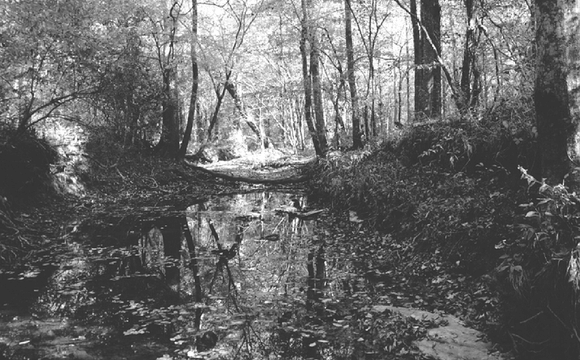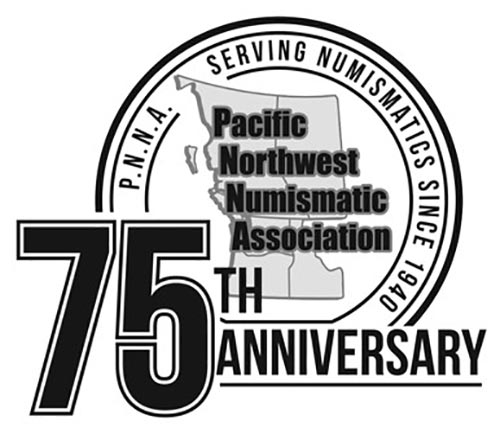
This is the third part in the Great American Mines series from Liberty Coin & Currency.
Early one Sunday morning in 1799, a twelve-year-old boy decided to forego church and go fishing. It was a profitable choice. While fishing on a creek on his family’s property, the boy found a bright yellow seventeen-pound rock. The boy, Conrad Reed, thought the rock was exceptional enough to lug home.
Young Reed brought the rock home to his father, John Reed, who found the rock useful. The practical German immigrant used the rock as a doorstop. From that point on, the “big yellow rock” stayed at the Reed house in Cabarrus County, North Carolina, for three years.
One day on a hunch, John Reed thought he’d take the rock to a jeweler on a trip to town. To Reed’s astonishment, the jeweler verified that the rock was very special indeed. The rock, his doorstop for the last three years, was solid gold.
After the verification, the jeweler asked Reed to set a price. Reed wasn’t prepared. Unsure what the price of gold was, Reed asked for $3.50. At the time, that was a week’s wage, and Reed thought it was an expensive price. The seventeen-pound solid gold rock was actually worth $3,600. Some reports claim Reed was able to recover one thousand dollars once he realized his mistake and went back. The transaction between Reed and the jeweler was the first documented commercial gold sale in the U.S.A.
Mr. Reed was bitten by gold fever. Now that he knew gold was on his property, John Reed decided to pursue it. After the crops were all planted the next summer, and Little Meadow Creek ran dry, he assembled a team to search for gold. Early on in the search, a team member found an even larger gold nugget buried only six inches deep. The twenty-eight pound hunk of gold secured Reed’s property as a lucrative gold mine.
Reed’s first mining team was low-tech. They used what’s known as placer mining, which refers to any kind of surface mining. Gold panning is the most famous method of placer mining. After thirty years, Reed began to incorporate underground mining.
In 1845, John Reed passed away. At the time of his death, Reed was a very wealthy man. His wealth was all thanks to his gold mining operation.
Soon after Reed’s passing, the California Gold Rush began. The California Gold Rush eclipsed the production of Reed Mine. Prior to that, Reed Mine was the largest gold mine in the U.S. Though still productive, the Reed Mine couldn’t compete with the massive amounts of gold and silver being discovered out West.
During the civil war, mining operations were scaled down significantly. With so many labor and equipment resources going towards the war efforts, mining was very difficult to profit from. Still, the Reed Mine kept pressing on.
Though never returning to its full glory after The Civil War, Reed Mine did continue to produce gold. The last gold nugget of a notable size discovered, was at the end of 19th century. Underground mining ceased in 1912. Placer mining still goes on at Reed Mine to this day.
Though Reed Mine no longer produces gold commercially, amateur gold miners can still take a crack at Little Meadow Creek. Reed Mine now stands as a tourist attraction. The North Carolina Division of State Historic Sites and Properties hosts tours on the site, where visitors can tour the mining tunnels, and of course pan for gold.
Liberty Coin & Currency specializes in rare coins and currency. We are a family owned business located in Portland and Vancouver. We also buy gold, silver, diamonds, and jewelry. Visit us first for a free evaluation.
Do you like this post? Share it, +1 it on Google Plus, or like it on Facebook.








